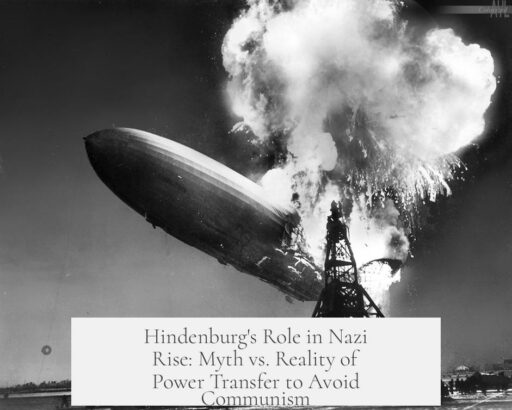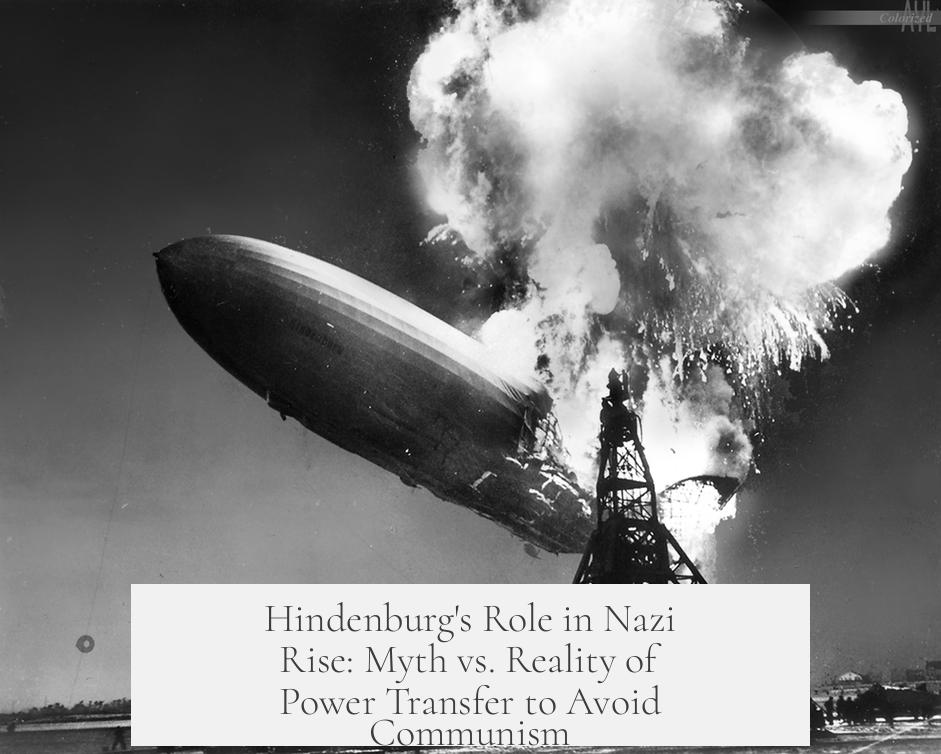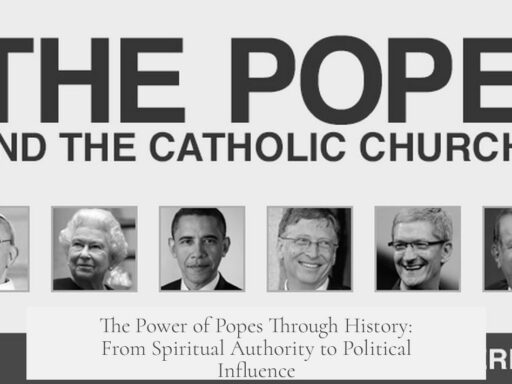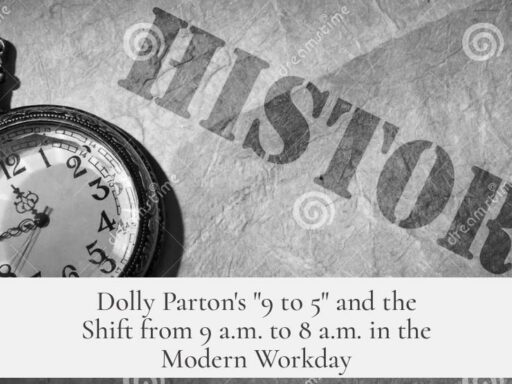It is a significant exaggeration and misconception to say Paul von Hindenburg simply gave away Germany to the Nazis to avoid communist power. Hindenburg’s decision to appoint Adolf Hitler as Chancellor in January 1933 was part of a complex political calculation involving conservative elites like Chancellor Franz von Papen and Alfred Hugenberg. Their goal was not to hand over Germany to the Nazis, but rather to contain communism and restore conservative rule through a “botched conservative revolution.”
The political climate of the early 1930s was unstable. Monarchist ultra-conservatives, appointed by Hindenburg, governed largely by decree because the Reichstag—the German parliament—was losing relevance.
| Year | Reichstag Meetings |
|---|---|
| 1930 | 91 |
| 1931 | 41 |
| 1932 | 13 |
| 1933 | 1 |
This sharp decline reflected the erosion of parliamentary democracy amid polarized politics. Conservatives, fearful of socialist and communist influence, sought a power structure dominated by old elites, yet they faced a lack of popular support or paramilitary muscle. This deficit led them to co-opt the Nazis, who had mass support and paramilitary forces like the Sturmabteilung (brownshirts).
Franz von Papen, a nationalist aristocrat, aimed to crush socialism and communism and end the Weimar democratic experiment. He believed that by using the Nazis as a political tool, he could restore an aristocratic elite. But neither he nor Defense Minister Kurt von Schleicher could command popular support or control the paramilitary strength that Hitler wielded.
When Hitler demanded the Chancellorship as a condition for joining a government coalition, Papen and Hindenburg reluctantly agreed. They expected to dominate Hitler through a cabinet packed with conservatives rather than Nazis.
- Hitler was made Chancellor in January 1933.
- Papen became Vice Chancellor.
- Only two Nazis, Wilhelm Frick and Hermann Göring, held cabinet positions initially.
- Most cabinet posts, including the critical Ministry of Defense, went to monarchists and nationalists.
This arrangement was a conservative miscalculation. The aristocrats underestimated Hitler’s political skill and control of the Nazi Party’s paramilitary forces. Though conservatives dominated key ministries such as economy, education, finance, and defense, real power rested with Hitler.
The conservatives envisioned a controlled and limited role for Hitler, thinking they could use him to dismantle the republic and restore their influence. Instead, Hitler exploited the weaknesses of the old elites. His charisma, control of the police and paramilitaries, and popular support helped him consolidate power swiftly.
President Hindenburg acted against a backdrop of political crisis marked by the Great Depression, persistent parliamentary deadlocks, and fears of a communist uprising. His appointment of Hitler was intended to prevent a left-wing government and maintain conservative dominance, not to hand power freely to the Nazis.
“Papen, Hugenberg, and Hindenburg were all well-educated aristocrats who believed that Hitler was a naïve tool they could manipulate to restore aristocratic rule.”
They failed to foresee that Hitler would dismantle the Weimar constitutional order and use their appointments as a stepping stone to absolute power.
The historical facts show:
- Hindenburg did not unilaterally “give away” Germany; he worked with a group of conservatives seeking to contain communism.
- The political context was marked by instability and parliamentary decay—governance by decree became the norm.
- The conservatives lacked popular support and paramilitary strength, relying on Nazis to bolster their position.
- Hitler demanded the chancellorship, an offer Papen and Hindenburg accepted with plans to control him.
- Initially, only a small part of the government was Nazi, dominated mostly by conservatives.
- The conservatives misunderstood Hitler’s ambitions and underestimated his power.
This complex scenario resulted in a tragic cooperation that destroyed the Weimar Republic from within. It was not a simple transfer of power by Hindenburg to the Nazis but a failed attempt by conservative elites to use Hitler as a political instrument.
- Hindenburg’s decision was motivated by fear of communism, not support for Nazism.
- The conservatives’ aim was to restore aristocratic and nationalist control.
- The failure lay in underestimating Hitler’s skill and the Nazi movement’s momentum.
- The Nazis outmaneuvered and marginalized the conservative elite once in government.
- The resulting dictatorship stemmed from conservative miscalculation, not simple betrayal.
How Much of an Exaggeration Is It to Say Paul von Hindenburg Gave Away Germany to the Nazis to Avoid Communism?
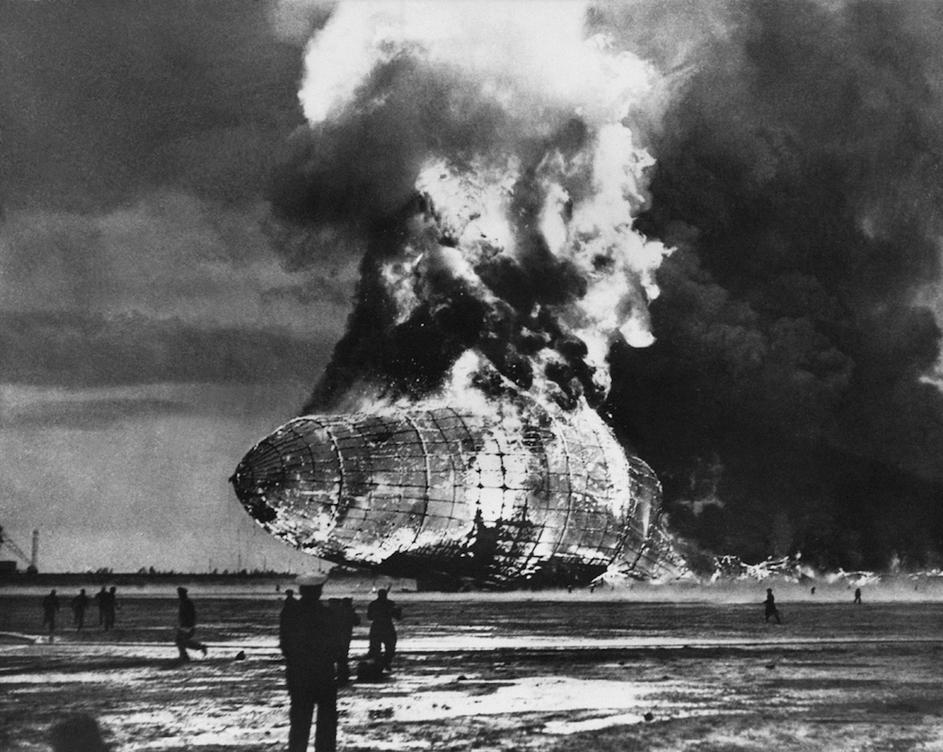
Paul von Hindenburg did not simply “give away” Germany to the Nazis to avoid communism. This claim, while not entirely baseless, is a massive oversimplification of a complex and tragic political drama that played out in the waning years of the Weimar Republic. The reality is far messier, filled with miscalculations, underestimations, and power struggles among conservative elites who thought they could control the Nazi Party for their own ends.
The idea that Hindenburg “handed” power to Adolf Hitler to keep communists at bay distills layered historical events into a neat, if misleading, narrative. Let’s unpack why.
A Conservative Plot, Not a Naive Transfer of Power
Hindenburg’s role is often portrayed as the decisive moment when democracy died, yet he was not the lone puppeteer. Instead, what unfolded was a conservative revolution led by a cabal of monarchist ultra-conservatives including Chancellor Franz von Papen and nationalist leader Alfred Hugenberg. The goal? To smash the democratic Weimar Republic, crush socialism and communism, and restore aristocratic dominance.
But did they really intend to empower the Nazis? No. Their vision wasn’t to see Hitler take over. Rather, they sought to use his popular party as a tool — a stooge, if you will — to fill gaps they couldn’t. Neither Papen nor Chancellor Kurt von Schleicher had the street power—the paramilitaries, like the brownshirts—that the Nazis wielded. They needed the Nazis’ mass appeal without conceding real control.
Political Instability: Decrees over Democracy
Since 1930, Hindenburg appointed monarchist, ultra-conservative chancellors who ruled largely by decree, bypassing the Reichstag, the German parliament. This reflects a political system fracturing under pressure.
The Reichstag barely met. In 1930 it convened 91 times; by 1932, only 13. In 1933, just once. This decline signals how parliamentary democracy was sidelined, creating a political void that extremists could exploit.
The Conservative Miscalculation and Underestimation of Hitler
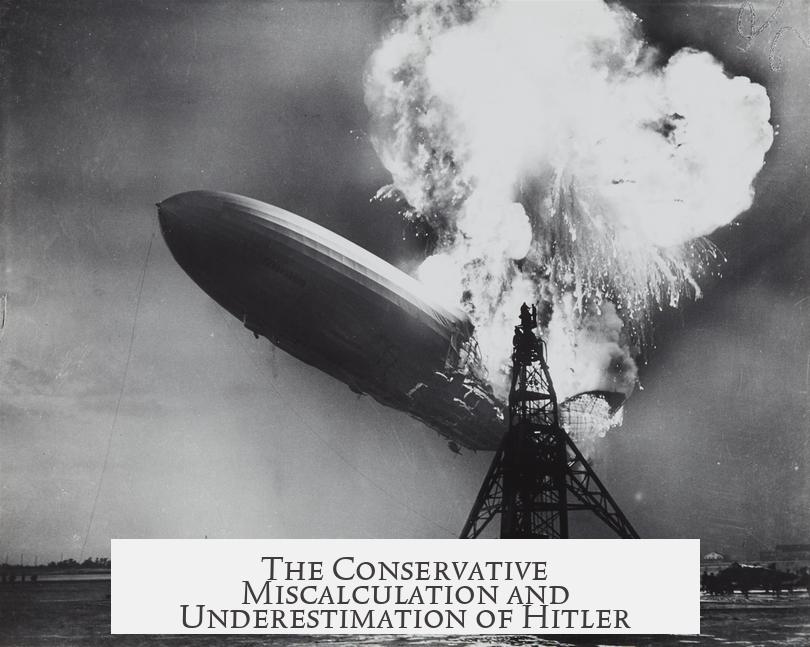
Here’s the twist: the aristocrats were highly educated and self-assured. They assumed Hitler and the Nazis were mere oafs—easily tricked and controlled. They believed their grip on key ministries—economy, finance, education, and defense—meant they had the reins firmly in hand.
But they overlooked where the real power lay: with Hitler’s control over the security apparatus and his paramilitary forces. The conservatives’ belief in their own dominance was a fatal error.
The Formation of the Government: A Compromise that Backfired
Hitler insisted on being Chancellor. For a while, Papen resisted, but eventually agreed, demanding to be Vice Chancellor and aiming to keep the cabinet dominated by conservatives, limiting Nazi influence.
When the government was formed in January 1933, only two Nazis received cabinet posts: Wilhelm Frick became Minister of Interior, and Hermann Göring was Minister without Portfolio and later Minister-President of Prussia. The rest of the cabinet members were monarchists and nationalists.
This setup shows the conservative intention to control Hitler’s influence. But the reality was that the Nazis quickly consolidated power behind the scenes, eventually pushing aside their “handlers.”
The Myth of “Giving Away” Germany
Was Hindenburg a villain who willingly handed Germany to the Nazis? Not quite. He was an aging president influenced by aristocratic peers who saw Hitler as a necessary evil to prevent the spread of communism.
They underestimated the Nazi Party’s capacity for political savvy and ruthlessness. It wasn’t a simple traitorous act but a failed scheme to exploit extremists to their advantage.
In reality, Hindenburg and his allies were caught in a political trap of their own design. Their disdain for democracy, obsession with preserving their class’s power, and fear of communism blinded them to the danger that Hitler represented.
What Can We Learn from This Story?
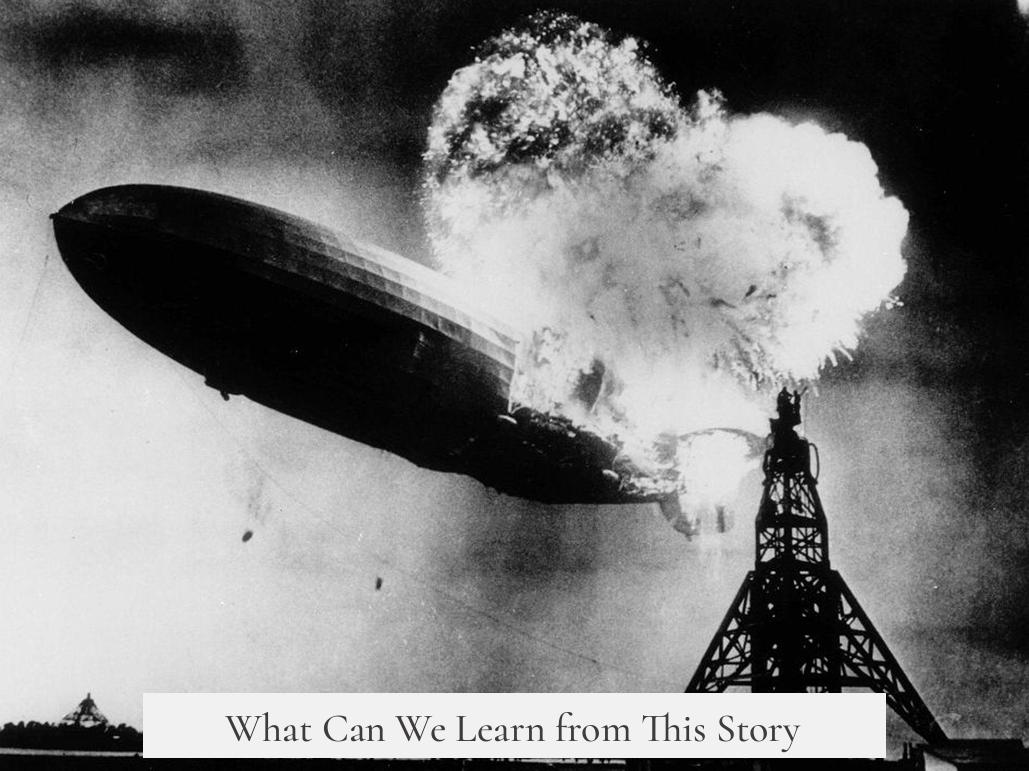
- Never underestimate extremist groups: Political manipulations can backfire dramatically.
- Political stability requires respecting institutions: Sidestepping parliamentary democracy creates dangerous power vacuums.
- Fear of one threat can empower an even greater one: The anti-communist obsession facilitated Nazi rise.
Final Thoughts
The phrase “Hindenburg gave away Germany to the Nazis” is catchy. It fits nicely into a simplified storytelling frame. But it masks a more intricate reality full of misjudgments, power plays, and political misfires.
Hindenburg did not surrender Germany on a silver platter. Instead, he and like-minded conservatives gambled on controlling a volatile political landscape and ended up losing control. The Nazi rise was, in many ways, their unintended—and disastrous—legacy.
So next time someone claims Hindenburg “gave” Germany to the Nazis just to stop communism, you can smile and say, “Not so fast! It was more like a botched heist than a surrender.”
